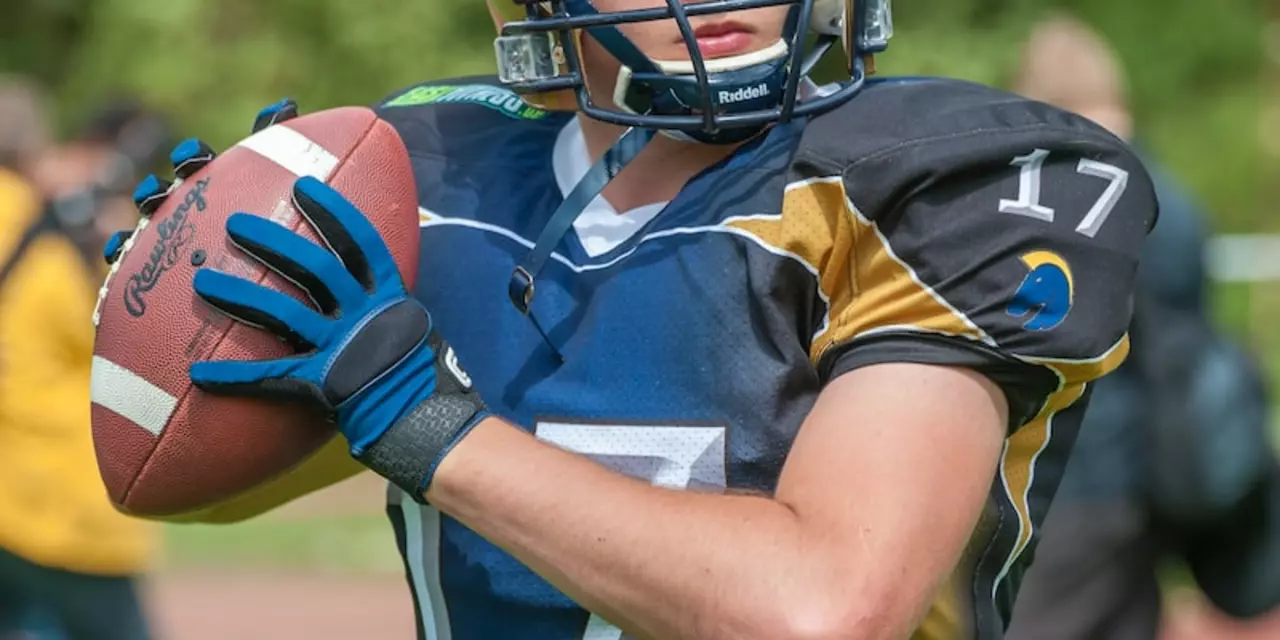Range in Basketball – Why It Matters and How to Improve It
When we talk about "range" in basketball, most people picture a player pulling up from well beyond the arc. But range is more than just a three‑point shot. It covers how far you can shoot, how versatile you are across positions, and even the physical space you cover on the court. Understanding each piece can lift your game instantly.
Understanding Shooting Range
Your shooting range is the distance you can consistently put the ball in the net. Start by measuring where you feel comfortable – maybe 15 feet from the basket – and then add a few feet each week. Use a tape measure or the court’s markings, and keep a simple log of makes and misses. Over time you’ll spot a natural progression and know when it’s safe to step back.
Technique matters more than raw strength. Keep your elbows under the ball, snap your wrist, and follow through toward the target. Practicing with a lighter ball can help you fine‑tune the motion before you graduate to the official size. Remember, consistency beats power – a smooth release from 20 feet beats a wild throw from 23.
Building Your Overall Range on the Court
Range isn’t only about shooting. It also describes a player’s ability to contribute in multiple spots – defending the paint, running the break, or handling the ball on the wing. To broaden this ‘player range,’ work on footwork drills that improve lateral quickness and add ball‑handling routines that force you to use both hands.
Conditioning is a hidden part of range. A well‑conditioned athlete can keep a high energy level from the opening tip to the final buzzer, allowing them to stay effective far out on the floor. Include interval sprints and plyometric jumps in your weekly plan; they translate directly into better stamina during long defensive sets or fast‑break opportunities.
One practical drill is the "5‑Spot Shooting & Sprint" circuit. Start at the baseline, shoot a quick pull‑up, sprint to the opposite wing, knock down a three, then sprint back. Repeat five times. This forces you to shoot under fatigue, mirroring real‑game situations where range is tested.
Don’t forget the mental side. Confidence expands range. Visualise yourself hitting shots from the corners before you step onto the court. A short mental rehearsal can lock in muscle memory, making the jump in distance feel natural rather than forced.
For UK Rebels Basketball fans, tracking your progress on our forum lets you compare notes with teammates. Share your shooting logs, ask for feedback on form videos, and celebrate milestones together. The community vibe pushes everyone to stretch their limits.
Finally, evaluate your range regularly. Every month, set a new distance goal, record your success rate, and adjust your practice plan. Small, measurable steps keep improvement steady and prevent plateaus.
Bottom line: range is a combination of distance, versatility, stamina, and confidence. Work on each piece, stay consistent, and you’ll see your game expand faster than you imagined. Grab a ball, mark a spot, and start stretching your range today.
Why is there such a wide range in ticket prices in college sports?
College sports ticket prices can vary drastically depending on the team, type of event, and seating location. Factors such as the popularity of the team, the size of the venue, and the demand for tickets can all contribute to the wide range of prices. Quality of the opponent, the location of the game, and the date of the event can also affect the cost of the tickets. With so many factors influencing the cost, ticket prices can vary from a few dollars to hundreds of dollars. Ultimately, sports fans must weigh the cost of attending a game against the value of the experience.
read more
